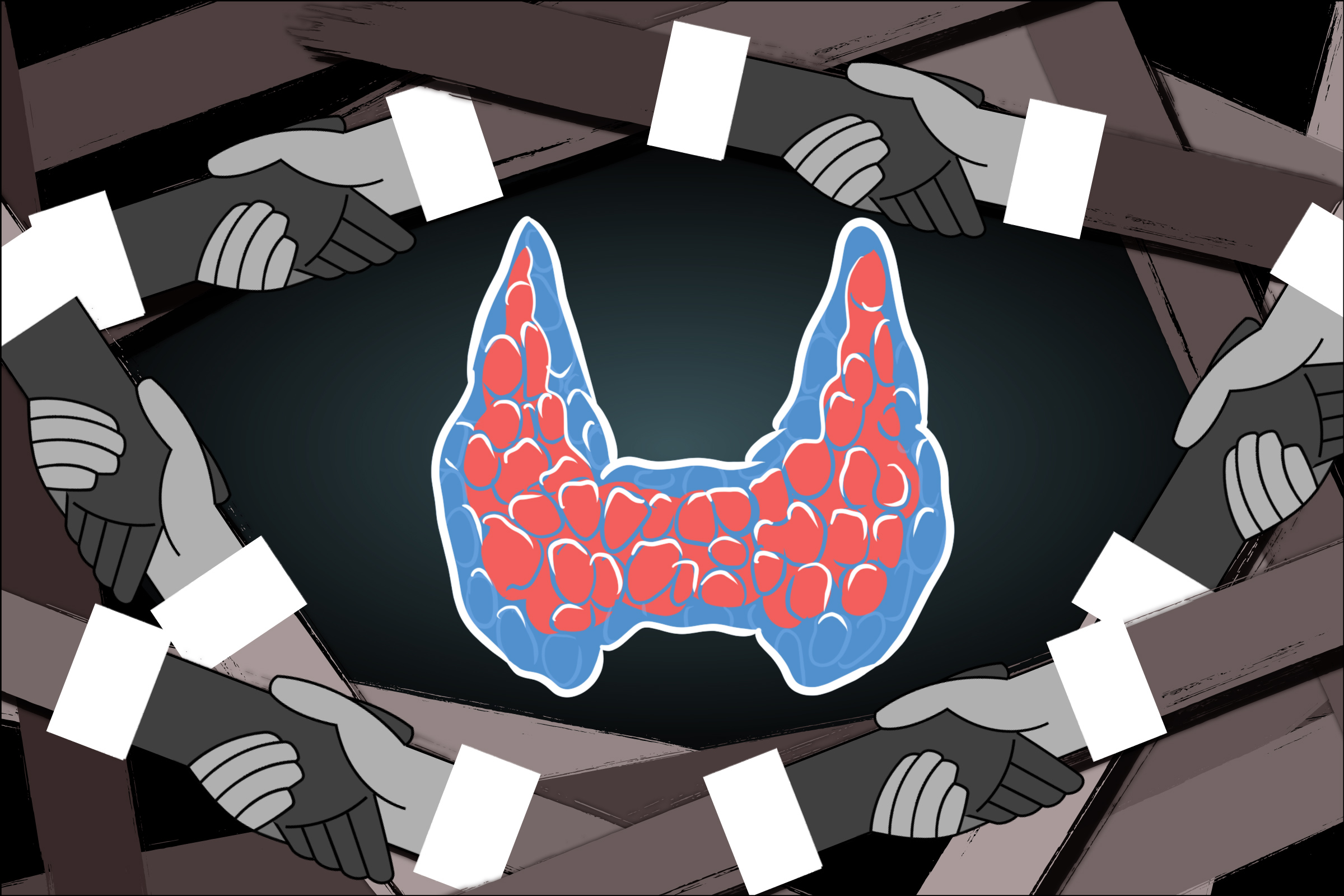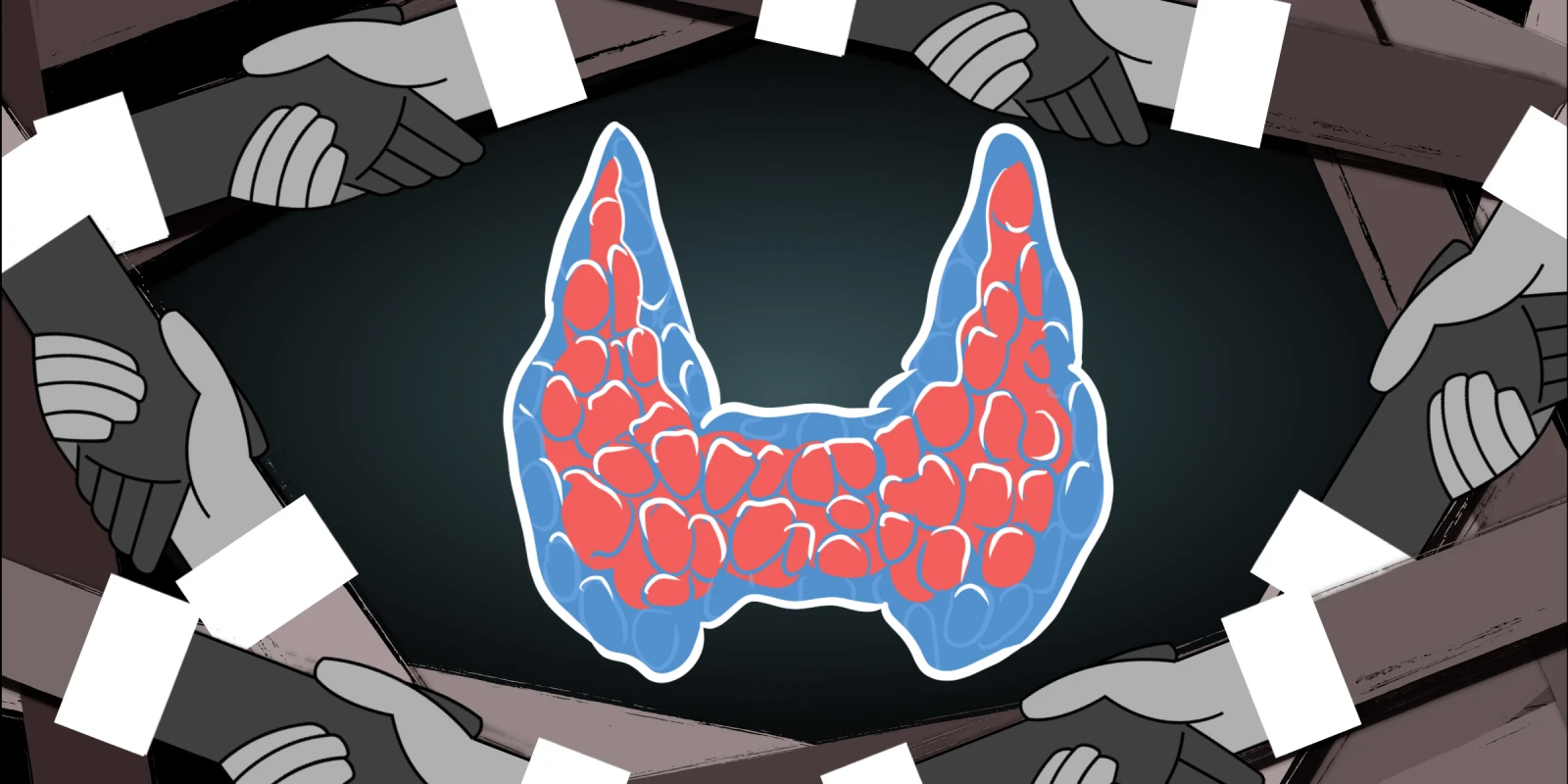
With snow blowing across the river nearby, the American Thyroid Association (ATA) held its 89th Annual Meeting last week in Chicago, IL, bringing together members from the United States and around the world to discuss the latest and most significant developments in thyroid health. The gathering of experts was vibrant and social, with informed debates, sometimes contrasting opinions, but an ever-collaborative spirit. To pick out isolated moments to emphasize from a meeting filled with so many outstanding presentations and exciting innovations is difficult. As the meeting drew to a close, I was descending into deep-dish pizza euphoria and considering some of the key topics, notable themes, and unique events that exemplified this year’s meeting.
The Thyroid’s Obesity Problem
Being overweight and the thyroid are connected — but it isn’t in the way you are probably thinking. A steep rise in papillary thyroid cancer (PTC) incidence over the past several decades has been well-recognized and at the ATA meeting in Chicago, there was provocative new evidence that our fat may be to blame. The rise in PTC has been long attributed to the incidental detection of more inconsequential cancers by greater use of imaging modalities. Evidence supporting this includes the highest incidences in countries with thyroid cancer screening programs, and the associations between incidence and greater socioeconomic status as a surrogate for access to medical care (1, 2). But, a landmark 2017 paper analyzed the SEER-9 cancer registry and observed that incidence-based mortality for thyroid cancer has actually risen over time, which is at odds with greater incidental detection. On the meeting’s first morning, the audience heard Dr. Cari Kitahara present an analysis of cohort data for over 450,000 participants demonstrating that thyroid cancer incidence and mortality are associated with overweight/obese status, and that this association was stronger for larger thyroid cancers. So, the pendulum swings back: There really may be true causes behind the thyroid cancer rise. And it appears there is just one more good reason to encourage our patients to lose that weight.
Thy-mazing Treatments
In medicine, we often don’t have the treatments we would like to best help our patients. Anaplastic thyroid cancer (ATC) is one of the most dire diseases in medicine and few effective treatments exist. At this meeting, Dr. Maria Cabanillas and other investigators from MD Anderson Cancer Center summarized remarkable responses of unresectable ATC to neoadjuvant treatment with targeted tyrosine kinase inhibitors and immunotherapy. In these patients, therapies reduced tumor size and facilitated less morbid resections and avoidance of laryngectomy. Even some cases of complete radiographic response were noted with this neoadjuvant therapy.
Similarly astonishing have been advances in Graves’ orbitopathy; that eye-popping condition associated with hyperthyroidism that causes proptosis, pain, reduced quality of life and potential vision loss. A highlighted oral abstract by Dr. George Kahaly presented combined Phase II/III data for teprotumumab; a monoclonal antibody already submitted for FDA approval to treat thyroid eye disease. These trials showed significant reduction in proptosis, diplopia, and disease activity, and significantly improved quality of life in subjects receiving teprotumumab versus placebo. With the potential for approval of this drug coming, it is an exciting treatment for a long vexing problem.
We’re WIT Her
The Women in Thyroidology (WIT) has been part of the ATA since 2002, and since that time it has been committed to mentorship and advocacy with the ultimate goal of helping women to achieve personal and professional fulfillment. There was perhaps no more important aspect of the meeting than the recognition given to these exceptional clinicians, scientists, thought leaders, and mentors in thyroidology. This year, a female president of the ATA will be succeeded by another. The WIT symposium, chaired by Julia Ann Sosa (a female surgeon) and Anthony Hollenberg (a male endocrinologist), was a key session putting important focus on promotion, pregnancy/maternity leave, mentoring, pay inequity, and inclusion. Though these recognitions may have been unique in the 89th ATA meeting, the contributions of women to our field are not. The Clark T. Sawin Historical Vignette featured the incredible stories of two female scientists who represent countless others on whose scientific shoulders we now stand and to whom we owe so much. The ATA has announced new strategic goals this year for greater inclusion of women and diversity among its membership and leadership, which we look forward to seeing come to fruition in future years.
Pizza finished, I wandered amongst the famous buildings for which Chicago is known and returned to pack my bags full of the new thyroid wisdom I had gained.
Illustration by April Brust







